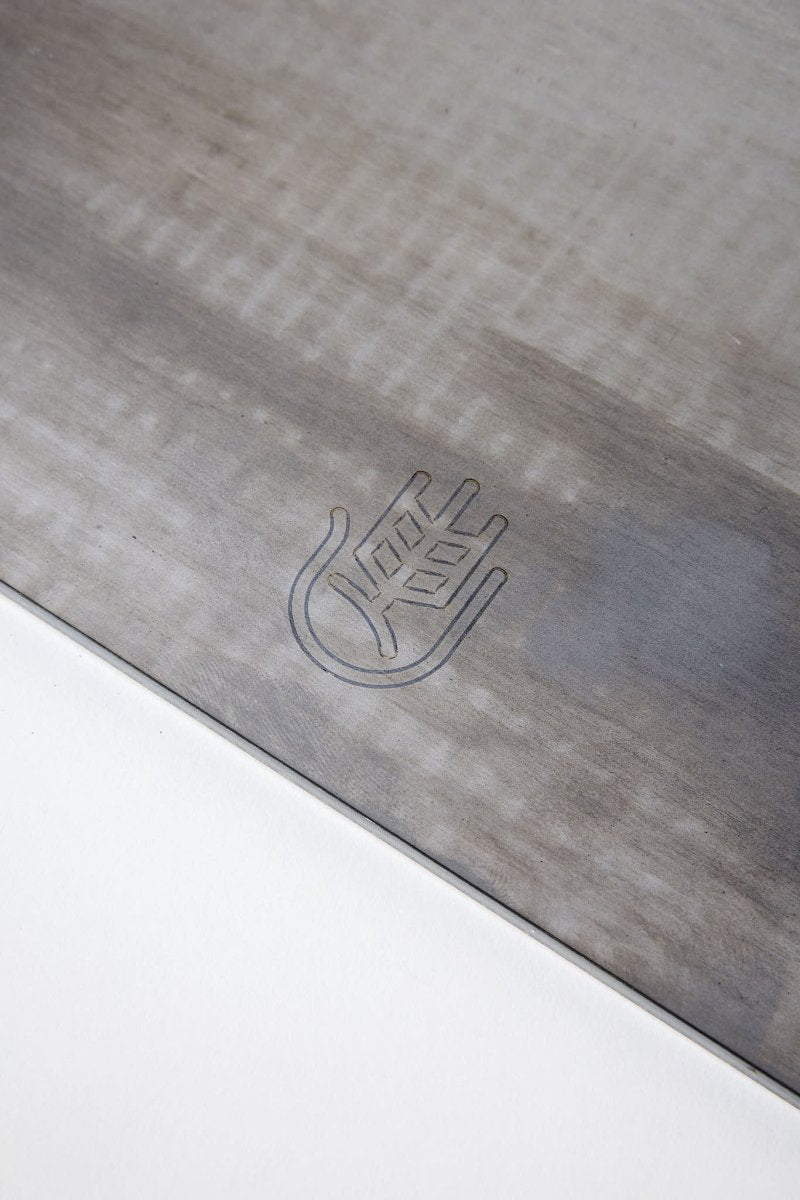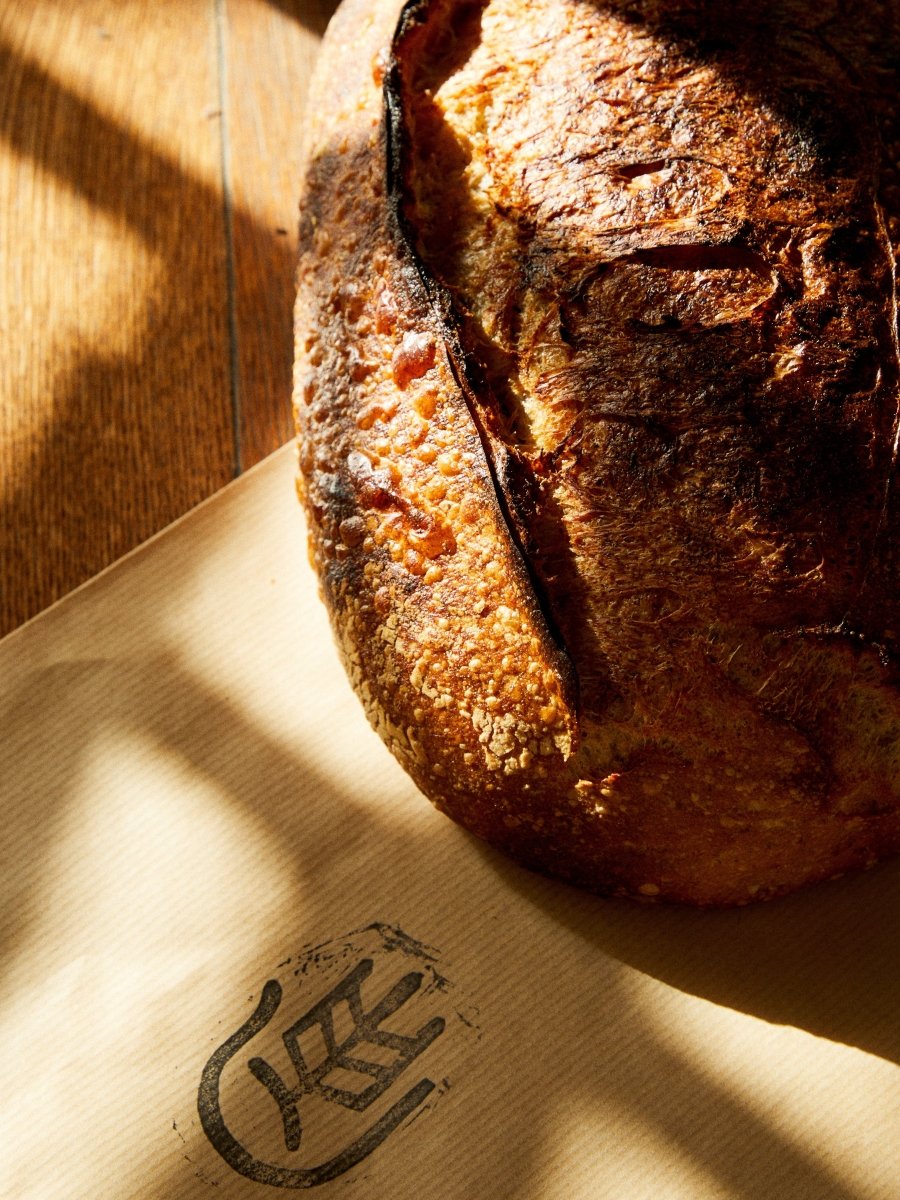Are you tired of using the same old flours in your sourdough baking? Look no further than the unnoticed, but remarkable, purple wheat. This unique ingredient can elevate your bread to the next level with its distinct taste, color, and nutritional benefits, when used in combination with other flours.
Understanding Purple Wheat

Origin and History of Purple Wheat
Purple wheat has been around for centuries, but it has only recently gained popularity in the western world. It originates from China, where it has been grown for over 5,000 years. The wheat's purple hue is due to anthocyanin, a powerful antioxidant.
Distinctive Characteristics of Purple Wheat
Aside from its stunning color, purple wheat has a distinct nutty flavor that sets it apart from other wheat varieties. It also contains a higher concentration of nutrients, including iron, potassium, and zinc, making it an excellent addition to any diet.
Nutritional Value of Purple Wheat Flour No. 3
Purple Wheat Flour No. 3 is milled from the entire grain, ensuring that all of the goodness of the wheat is present in the flour. It is rich in fiber, contains no cholesterol, and is an excellent source of vitamins and minerals.
The Science Behind Purple Wheat
Explanation of Purple Wheat's Unique Color
As previously stated, the purple color of purple wheat is due to the presence of anthocyanin. This antioxidant is also found in other purple fruits and vegetables, such as blueberries and eggplants.
The Benefits of Whole Grains and How Purple Wheat Fits into This Category
Whole grains have many health benefits, including reducing the risk of heart disease, stroke, and certain types of cancer. Purple wheat is a whole grain, so it possesses these same benefits in addition to its own unique nutritional profile.
Comparative Nutrient Analysis Between Purple Wheat and Other Common Wheat Types
When compared to other common wheat varieties, purple wheat is superior in terms of nutrient content. For example, it contains almost three times as much iron as all-purpose wheat flour.
Sourdough Baking with Purple Wheat

Introduction to Sourdough Baking: Brief History and Process
Sourdough bread has been around for thousands of years, with roots in ancient Egypt. It is made using a sourdough starter, which is a mixture of flour and water that has been left to ferment and develop its flavors.
The Role of Purple Wheat in Sourdough Baking
Adding purple wheat flour to your sourdough recipe can complement other flavors and create a unique taste that cannot be replicated with other flours. However, due to its poor gluten content, it's advisable to mix it with other flours, to achieve the right texture.
Benefits of Using Purple Wheat in Sourdough Recipes
Aside from its distinctive flavor and color, when mixed with other flours, purple wheat flour can contribute to the texture of your bread. Its higher protein content, combined with the gluten from other flours, can result in a chewy crust and soft interior.
Steps to Baking Sourdough with Purple Wheat
Making sourdough with Purple Wheat Flour No. 3 is not much different from making a regular sourdough recipe. Here are the necessary steps:
Necessary Tools and Ingredients for Sourdough Baking with Purple Wheat
- Purple Wheat Flour No. 3
- Sourdough starter
- Water
- Mariager Sydesalt
- Mixing bowl
- MyWeight KD-8000 Digital Scale
- Dough Scraper
Detailed Process of Preparing Sourdough with Purple Wheat
- Feed your sourdough starter according to your preferred recipe, making sure to use a portion of Purple Wheat Flour No. 3.
- Mix together the remaining purple wheat flour and wheat flour, water, and salt until it forms a shaggy dough.
- Allow the dough to rest for 30 minutes.
- Perform a series of stretches and folds to develop the gluten in the dough. Do this every 30 minutes for the first two hours.
- Allow the dough to rest for another hour.
- Shape the dough using a Bench Scraper and allow it to proof in a Proofing Basket for at least 4 hours.
- Bake the bread in a preheated oven at 450°F (230°C) until the crust is golden brown.
Tips and Tricks for Achieving the Best Results
- Use a Baking Steel to improve heat retention and ensure even baking.
- Use a Bench Scraper to handle the dough without having to touch it with your hands.
- Use a Bread Lame or scoring tool to make decorative slashes in the loaf before baking.
- Use a Bread Knife to cut into the loaf after it has been baked.
Unique Recipes Using Purple Wheat Flour
If you're looking for recipe inspiration, try making purple wheat sourdough pancakes, tortillas, or even pizza dough. The possibilities are endless with the help of our Baking Course!
Testimonials and Experiences

Here are stories from three customers who have used Purple Wheat Flour No. 3 in their baking:
"I've been baking sourdough for years, but once I started using purple wheat flour, I could never go back. The color and taste really elevate my bread to the next level." - Jane S.
"I was hesitant to try purple wheat at first, but once I did, I was hooked. The richness and depth of flavor that purple wheat adds to my sourdough is just incredible. I highly recommend it to all home bakers!" - Robert M.
"Purple wheat flour is a game-changer. I used it in my pancakes and they were the fluffiest and most flavorful pancakes I've ever made. Definitely a new staple in my pantry." - Lily D.
FAQ about Baking with Purple Wheat
Q: How does the taste of purple wheat sourdough compare to regular sourdough?
A: The purple wheat flour adds a unique, slightly nutty flavor to the sourdough which many people find appealing. It also gives the bread a beautiful deep purple color.
Q: How should I store my purple wheat flour?
A: Just like any other type of flour, purple wheat flour should be stored in a cool, dry place. You can also store it in the refrigerator to extend its shelf life.
Q: Can I use purple wheat flour in all my baking recipes?
A: While purple wheat flour can be used in any recipe that calls for regular flour, keep in mind that it has poor gluten content. Therefore, it's recommended to mix it with other flours, such as wheat flour. This may change the color and slightly alter the flavor of your baked goods.
Q: Is purple wheat flour healthy?
A: Yes, purple wheat flour is very nutritious. It's high in antioxidants and fiber, and it also has a lower glycemic index than regular wheat flour, making it a healthier choice for many people.
Enjoy the adventure of baking with purple wheat flour and discover a whole new world of flavor and color in your sourdough bread. Happy baking!






Share on socials:
The Ultimate How to Guide to Sourdough Starter Tips, Tricks, and Troubleshooting
The Ultimate Guide How to guide for Bread Lames